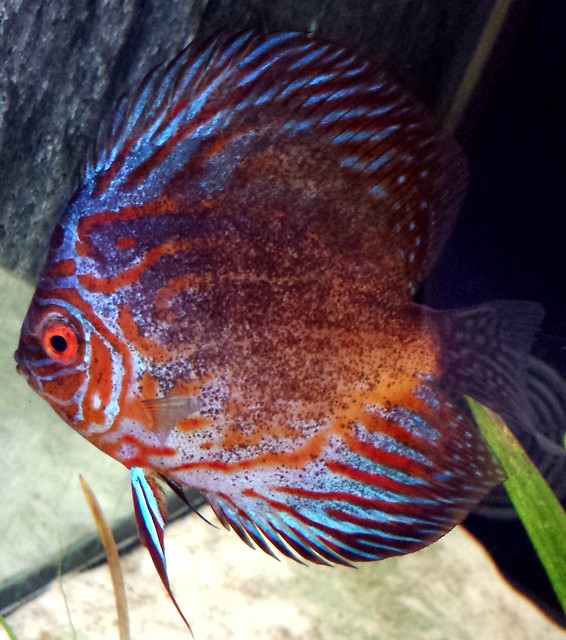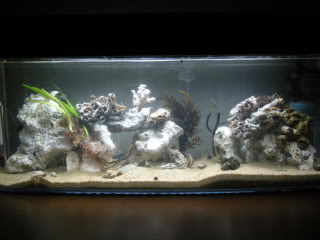Tropical Discus Fish are a magnificent aquarium fish. They are remarkably beautiful and full of life. With their attractiveness comes a price nevertheless. The discus can be a moody fish. They aren’t similar to the Wally world cheap fish you see inside a main retail chain. Tropical discus fish will require some advanced care to keep them healthily. Please don’t let this intimidate you. With a little guidance, you can be on your way to having a good-looking tropical discus fish aquarium.
Aquarium balance is the number of fish you should keep in your aquarium at one time. The broad rule of thumb should be to limit an individual discus fish per each ten gallons of water your aquarium can withhold. Discus love room to roam, using this guideline will keep your fish from feeling stressed and overcrowded.
Tank Size and Shape
Discus prefers a tall sized aquarium. If you were to have two aquariums and one was six foot long and eighteen inches deep and the other tank being four feet long and 3 feet deep. The discus would prefer the taller of the two tanks which would be a 3×4 aquarium. Keep in mind if you have a tank like the first one I mentioned I don’t suggest you buy a new aquarium. They are merely aquarium suggestions they are not gospel. The only rule you should follow when picking out an aquarium for tropical discus fish is to make sure the tank is at least eighteen inches deep.
I myself don’t advocate anything lesser than a thirty-gallon aquarium. This is just my own opinion. I don’t like to utilize anything lesser than thirty gallons because of the smaller the aquarium the harder it really is to care for the water. Plus I like to have more than 2 discus per an aquarium.
Feeding Your Discus
Tropical discus fish are particular eaters. It is advisable to ask the breeder what brand of food your new fish prefer to eat. Although Discus do not require any special diet they do like to eat what they have been feeding on throughout their life time. To change their diet feed them the new food in small doses. Increase the dosage for about a week to get them accustomed to the brand new food. This is a secure and stress-free way to alter their diet.
Water Quality
Water quality is of the most important and keeping your water quality clean and stable and the right temperature is a MUST! You will want to keep the water temp between 82 and 86 degrees.
Water changes are the first and obvious way to keep your water clean and stable. When making water changes only change about 15 or 20 percent of the water at a time. Do not make drastic water changes. It puts more harm than good on your discus and will cause them a lot of stress.
Water Chemistry
Chemistry is a little more advanced so let me share some important factors with you. You need to test the water hardness. You need to have soft water usually between 3 and 15dh. Now don’t forget about ph. This needs to be between 5 and 6.5. PH will be the most difficult factor among first-time discus owners. This is important to learn because discus like to maintain a stable ph. Do not compromise their ph level. You will think everything is fine because the fish will live and in some case they may even breed but in reality, your fish will always be stressed and have a short life span.
These are some of the most important factors you need to succeed at in order to keep tropical discus fish.
Steve Jones is an expert fish keeper and owns an aquarium shop in upper Michigan.
Article from articlesbase.com
|



